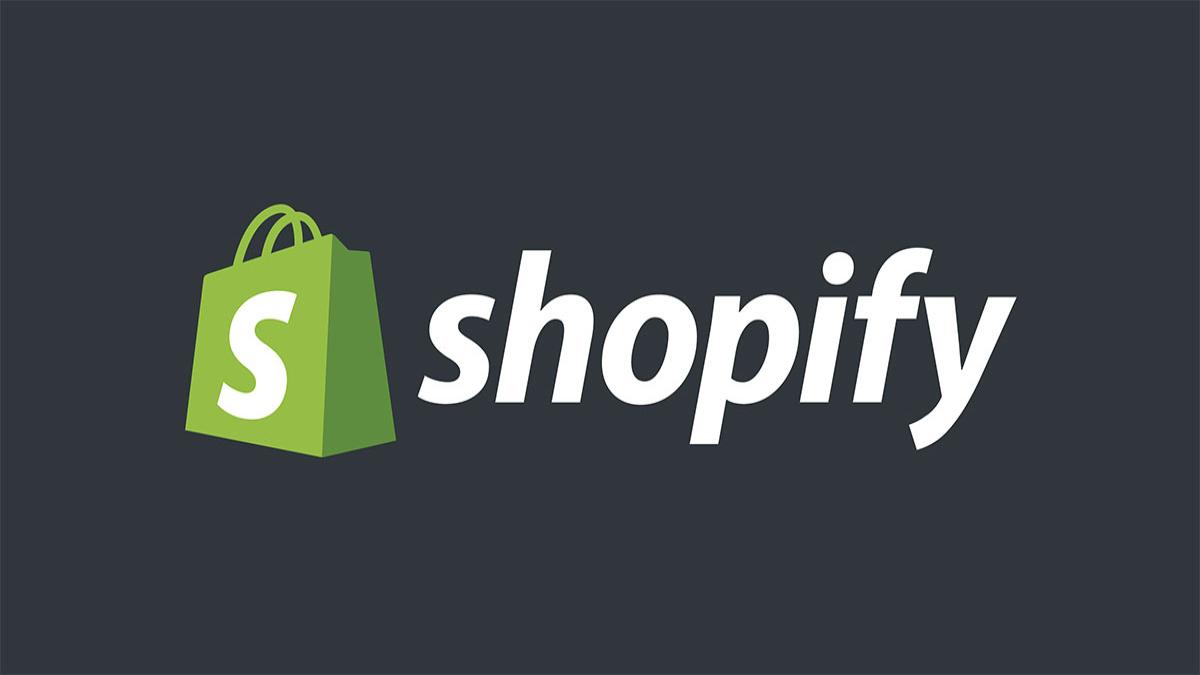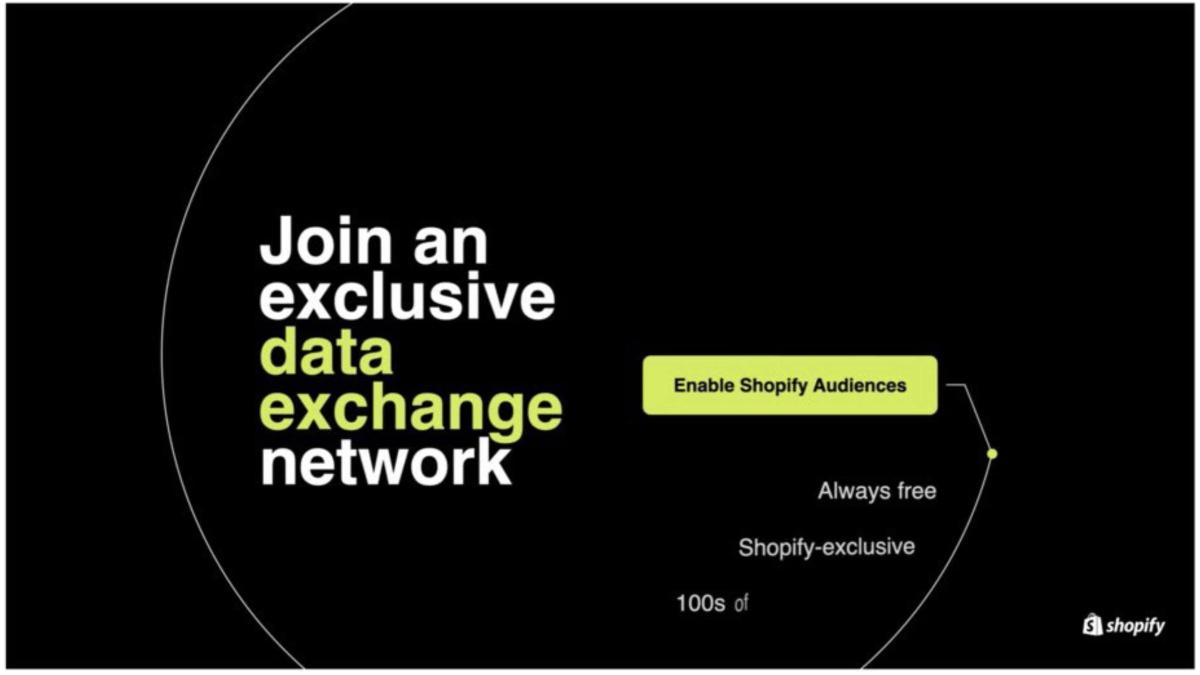Shopify is venturing into the advertising industry in a big way with their Shopify Audiences product. Currently, the company is tight-lipped on too many details of how this will work. All we know is that Shopify users could use it to target people interested in certain products and services before making a purchase decision.
As companies increasingly rely more on customer data for marketing purposes like these ad campaigns, there’s hope that personalized ads will begin appearing across websites all over the internet.
Table of Contents
ToggleUnderstanding the current benefaction

Shopify Audiences is a data exchange network that uses mass conversion data to generate custom audiences across all opted-in merchants on Shopify. This process helps sellers target their audience based on past purchasing behavior, rather than simply looking at generic demographics like age or gender.
Merchants can reach more of their potential customers by using Facebook, Snapchat, and Twitter to advertise. Suppose they use custom audiences or one with similar interests from social media platforms for advertising. In that case, ads will be higher-performing with less cost per conversion than merchants using individual demographic information instead.
Let’s consider an example of a merchant selling “anti-aging serums.”
- Once the merchant opts-in to Shopify Audiences, they permit to use and share information about purchased skincare products.
- Shopify can create a custom audience of people interested in particular products you sell. The credit goes to data shared by other merchants. For example, Shopify can use data from anti-aging serums, and facial skincare often bought together for an individual’s specific skin care needs.
- The data collected can be utilized to leverage your social media followers and create highly targeted, more engaging ads and increase the likelihood of conversion.
The reason behind “Opt-in”

Opt-in to the Shopify program would mean good news for merchants who are using this particular platform. They will have a better marketing efficiency in making sales than those who don’t use it. The key here is understanding how each category has many players – there’s no single winner taking everything home every time.
Also Read: E-commerce Solutions And What To Consider When Choosing One
And lastly, as long as some folks opt into Shopify but others don’t, then those platform users will still enjoy an improved ROI through increased ad spending by their competitors on Shopify’s behalf.
Why is Shopify doing this?

Shopify has always been about giving the little guys an edge in a world of big businesses. So it’s no surprise that they’re doing this with Shopify Audiences as another way to stand in competition with Amazon.
It’s like an exclusive club for Shopify merchants. They get to leverage the targeting data/insights that all other 1.7M+ merchants generated. This data can be fed into their marketing campaigns with more ease than they would be able otherwise.
In-Built Marketing Features And Tools:
Shopify provides many in-built marketing tools and features to all its members, irrespective of the type of plan. Following are the most prominent ones:
Blog Posting:
Shopify has a built-in option for content marketing that can help you attract visitors and leads. The best thing about this is it’s already set up with your store, so all of the information will be there when creating new posts or updating old ones.
Think of this as your opportunity to share valuable information with the world. You can create blog posts that are informative, helpful, and engaging for readers! Your blog posts are the perfect way to engage your audience and provide valuable information. All you need is some brainstorming ideas on what type of content would be best suited to the likes of your target demographic, write a title, an excerpt of your article, and finally, the content relevant to your niche.
The ability to add a featured image, edit how it will look in the SERP, and create categories is just some of what you can do with this feature. In order to make your blog more engaging and user-friendly, you’ll probably need to customize it. For example: adding tweets or Instagram posts into the mix will really boost readership! Maybe even change up that old design with something fresh?
With so many tools and features to choose from, it’s easy enough for even the most novice of marketers. All you need is a basic understanding of how things work on your own website before getting started.
Email Marketing:
The Shopify Email is a fantastic tool for those of you who want to send email newsletters without having the hassle or expense associated with setting up your own newsletter marketing campaign.
With this built-in feature, you can collect leads and send branded newsletters with ease. The email marketing tool is a basic one; if your business needs more advanced features like creating workflow or segmentation, then we recommend using software or the aid of an Email Marketing Agency.
This is a good thing because you can start collecting leads right away, so when the time comes for email marketing campaigns, it will be easier to get a headstart. With these features, you can save yourself from the heartbreak of cart abandonment by sending them an email when they abandon it.
SEO Friendly:
It may be difficult to optimize your site for search engines if you’re not an expert, but Shopify makes it easy with their simple tools.
You can be sure that your site will load fast with Shopify’s Storefront Renderer infrastructure. It organizes the information on a category-based website structure, which increases search engine rankings and makes it easier for your customers to find what they are looking for. With its rapid 2.97 times faster loading time than other sites, you’ll have no problem keeping visitors around long enough before converting them into buyers.
With Shopify, you can build a blog with low effort and contribute to your company’s SEO benefits. You’ll need to make sure that the content on all posts is optimized and structured so that it may lead to a higher ranking on searches (image alt texts, keywords, page titles, URLs, etc. are all vital.).
For those who want to take their eCommerce game up another notch, there are plenty of SEO integrations available for free with Shopify plans. Integrations are a great way to get your eCommerce store up and running.
For example, one of the best SEO ranking integrations on Shopify’s app store is SEO Manager for $20 per month, whereas there is also a free version available that has been downloaded by countless users worldwide, called the SEO Image Optimizer app.
Even if you want to go with a more sophisticated SEO strategy, Shopify is still enough for rankings. It has been proven that compared to other platforms on the market – including those that require control over website code-Shopify will provide your business with better search engine optimization results than any platform out there.
Social Media Integrations:
There are many ways to market your products online, and social media is one of them! You can connect your product catalog with your business social like Facebook or Instagram so that customers will be able to buy from there without visiting the official website of your business.
The Facebook platform allows you to create marketing campaigns from your Shopify store with just a few clicks, and this channel is one of the best ways to stay up-to-date with your customers and produce engaging content. This is perfect for businesses that are looking at scaling quickly and don’t want any extra work on their plate.
With Facebook Ads, you can get leads to chat with your messenger bot. You could also use it as an opportunity for selling goods by integrating the platform itself into a chat-based sales platform like Shopify.
However, it’s important that you open a Facebook business page and create an ad account in the Business Manager so that you can have access to all of these functions.
Benefits for Shopify

- The new feature retains sellers as they target shoppers based on their browsing behavior for a more efficient marketing strategy before they go elsewhere. In turn, this increases Shopify’s intended use.
- Increase in Shopify’s transaction revenue because more efficient ads mean a better return on ad spending. This would increase the number of merchants who are bullish about their advertising campaigns and investing in them.
Also Read: Things To Consider Before Moving To Shopify
Distribution and substantiating Take Rates

Shopify has a surprisingly low take rate because it’s more of an infrastructure provider than a marketplace that drives sales for its merchants.
Shopify can drive incremental distribution for its 1.7M+ merchants to reach more potential customers through various advertising channels. Doing so will allow the company to increase transaction rates from outlets other than their own branding and marketing efforts across online and offline channels.
Final Thoughts:
Shopify Audiences is an innovative new product. Shopify merchants can advertise across other platforms to acquire more customers cheaply. Leveraging the captive audience of 1.7M+ consumers already established could help drive additional revenue for both parties involved. Moreover, it creates a sustainable platform where users are not bombarded by ads or invaded their privacy.
Also Read: When Is It Worth It To Upgrade To Shopify Plus
This blog is brought to you by Out Origin. We are a digital web solutions agency with expertise in digital marketing and multi-channel advertising. Book your call, or let us do an audit where we can counsel you on building better revenue prospects for your business.


